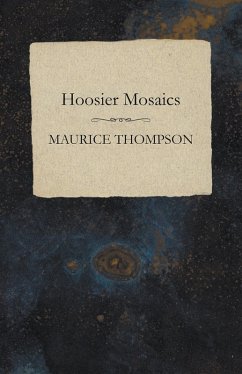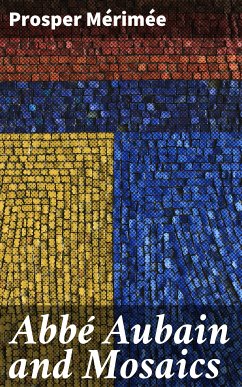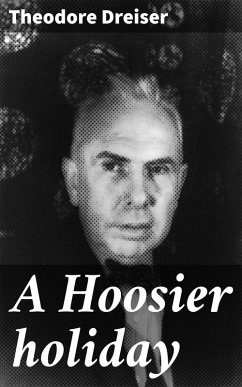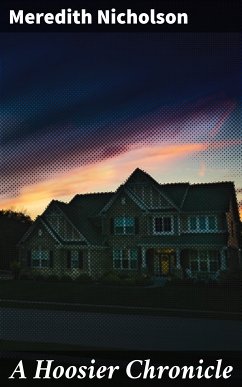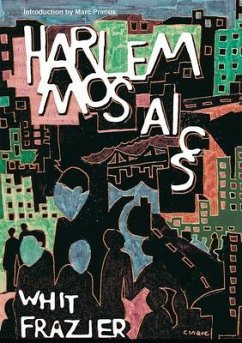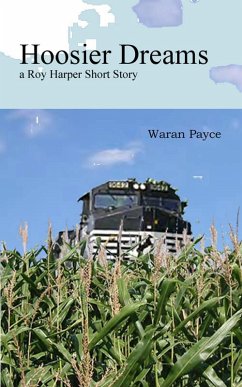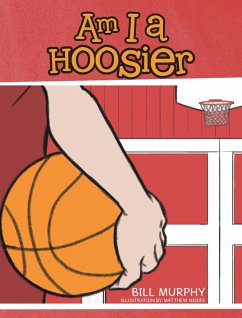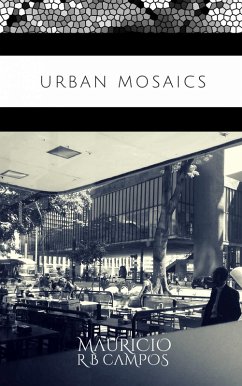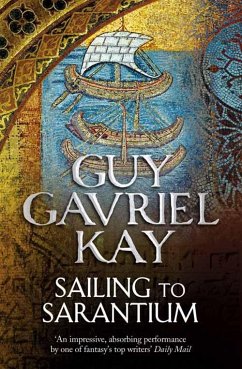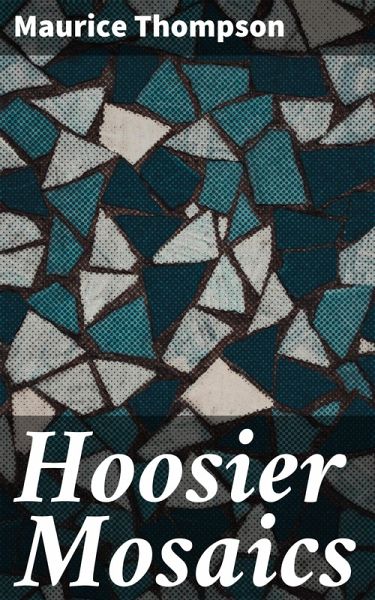
Hoosier Mosaics (eBook, ePUB)
Enriched edition. Life and Landscape in 19th-century Indiana: A Mosaic of Midwestern Stories
Kommentar: Berry, Scott / Redaktion: Good Press

PAYBACK Punkte
0 °P sammeln!
In "Hoosier Mosaics," Maurice Thompson presents a vivid tapestry of life in Indiana during the late 19th century, intertwining poetry, essays, and stories that illuminate the cultural and natural landscape of the Midwest. Thompson's literary style is characterized by its rich, evocative language and deep appreciation for the regional dialects and traditions. This assemblage offers insights not only into the personal experiences of Hoosiers but also into the broader American identity emerging during this period, marking a transition from rural to increasingly urban societal norms. Thompson's us...
In "Hoosier Mosaics," Maurice Thompson presents a vivid tapestry of life in Indiana during the late 19th century, intertwining poetry, essays, and stories that illuminate the cultural and natural landscape of the Midwest. Thompson's literary style is characterized by its rich, evocative language and deep appreciation for the regional dialects and traditions. This assemblage offers insights not only into the personal experiences of Hoosiers but also into the broader American identity emerging during this period, marking a transition from rural to increasingly urban societal norms. Thompson's use of lyrical prose creates a profound resonance with the reader, enhancing the themes of nostalgia and belonging that permeate the work. Maurice Thompson, a notable figure of the U.S. literary scene, was deeply influenced by his upbringing in Indiana, which motivated his exploration of local themes in his writing. His experiences as a naturalist and a journalist inform the depth of his observations, while his involvement with the Hoosier literary community highlights his commitment to regional storytelling. This intimate knowledge of Indiana's landscapes and folkways enriches the authenticity of the narratives within the book. "Hoosier Mosaics" is a compelling read for anyone interested in American regional literature and the cultural history of the Midwest. Thompson's exploration of Indiana's unique characteristics and diverse voices invites readers to reflect on the enduring significance of place and community in their own lives. This collection promises to resonate with both literary aficionados and casual readers alike. In this enriched edition, we have carefully created added value for your reading experience: - A succinct Introduction situates the work's timeless appeal and themes. - The Synopsis outlines the central plot, highlighting key developments without spoiling critical twists. - A detailed Historical Context immerses you in the era's events and influences that shaped the writing. - A thorough Analysis dissects symbols, motifs, and character arcs to unearth underlying meanings. - Reflection questions prompt you to engage personally with the work's messages, connecting them to modern life. - Hand-picked Memorable Quotes shine a spotlight on moments of literary brilliance. - Interactive footnotes clarify unusual references, historical allusions, and archaic phrases for an effortless, more informed read.
Dieser Download kann aus rechtlichen Gründen nur mit Rechnungsadresse in A, B, BG, CY, CZ, D, DK, EW, E, FIN, F, GR, H, IRL, I, LT, L, LR, M, NL, PL, P, R, S, SLO, SK ausgeliefert werden.





